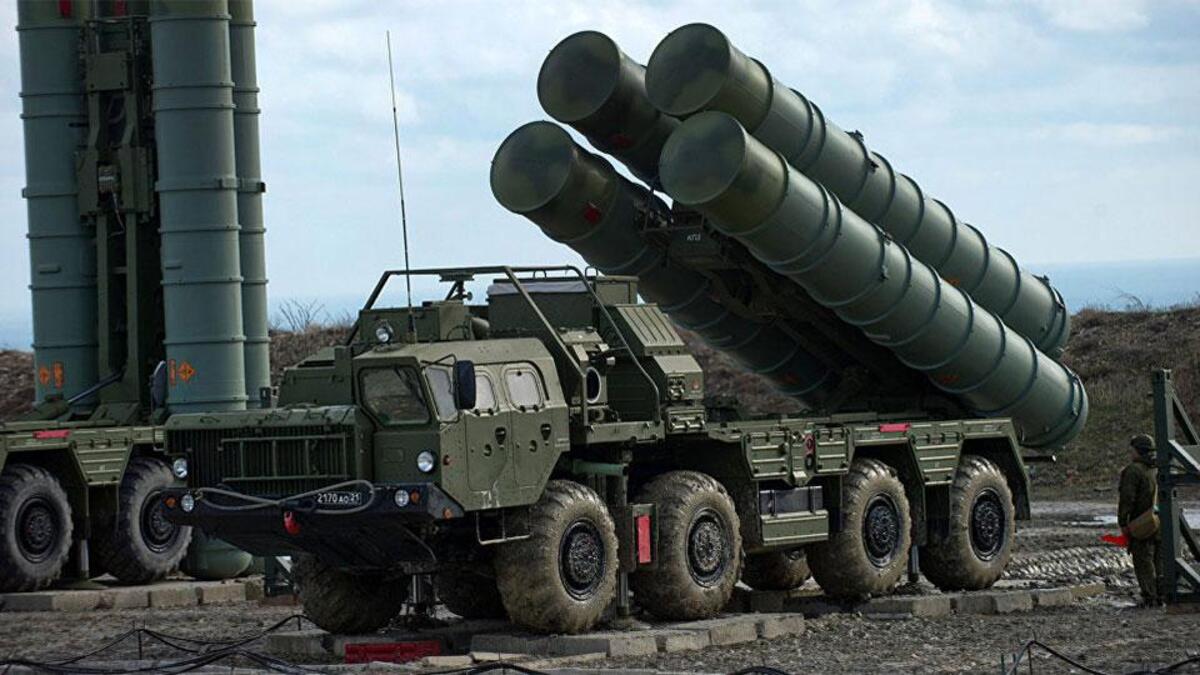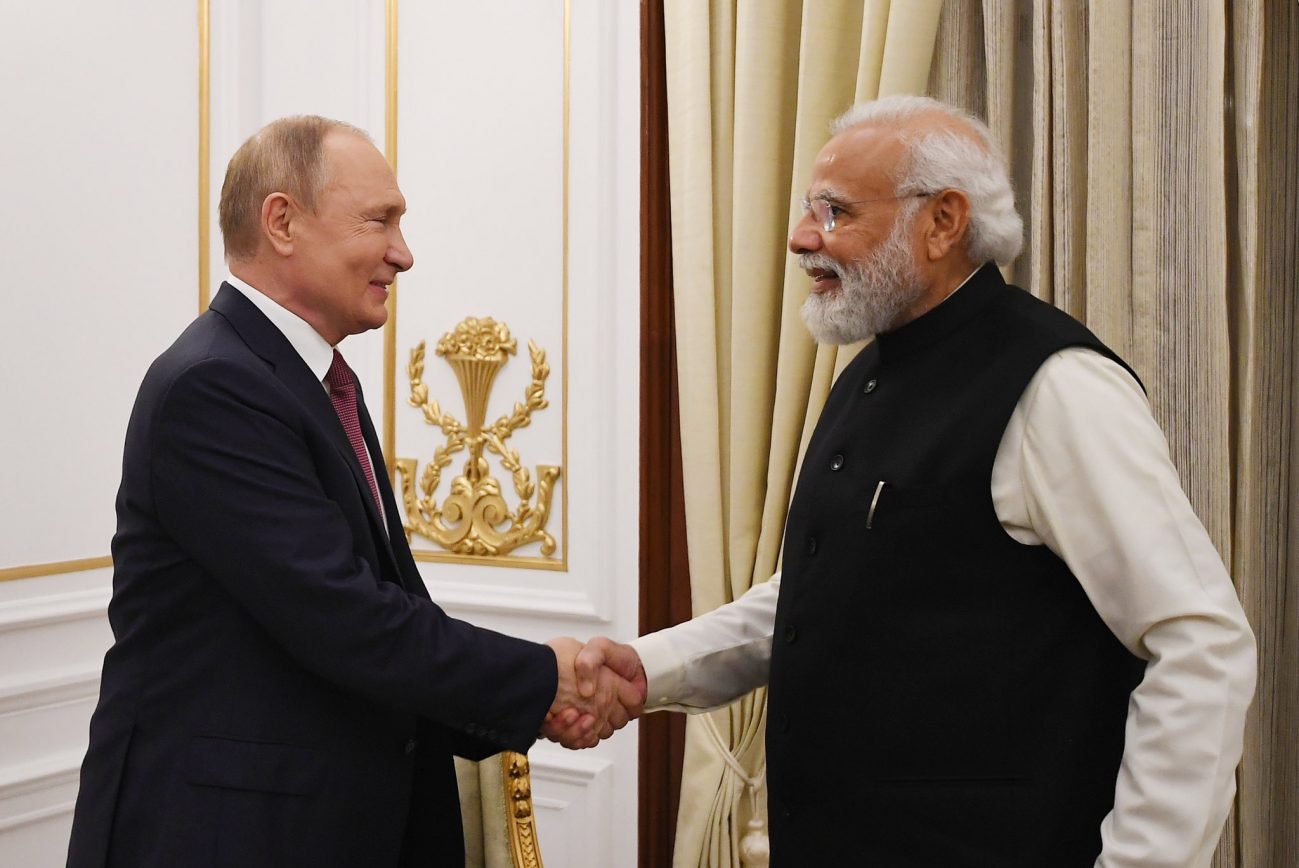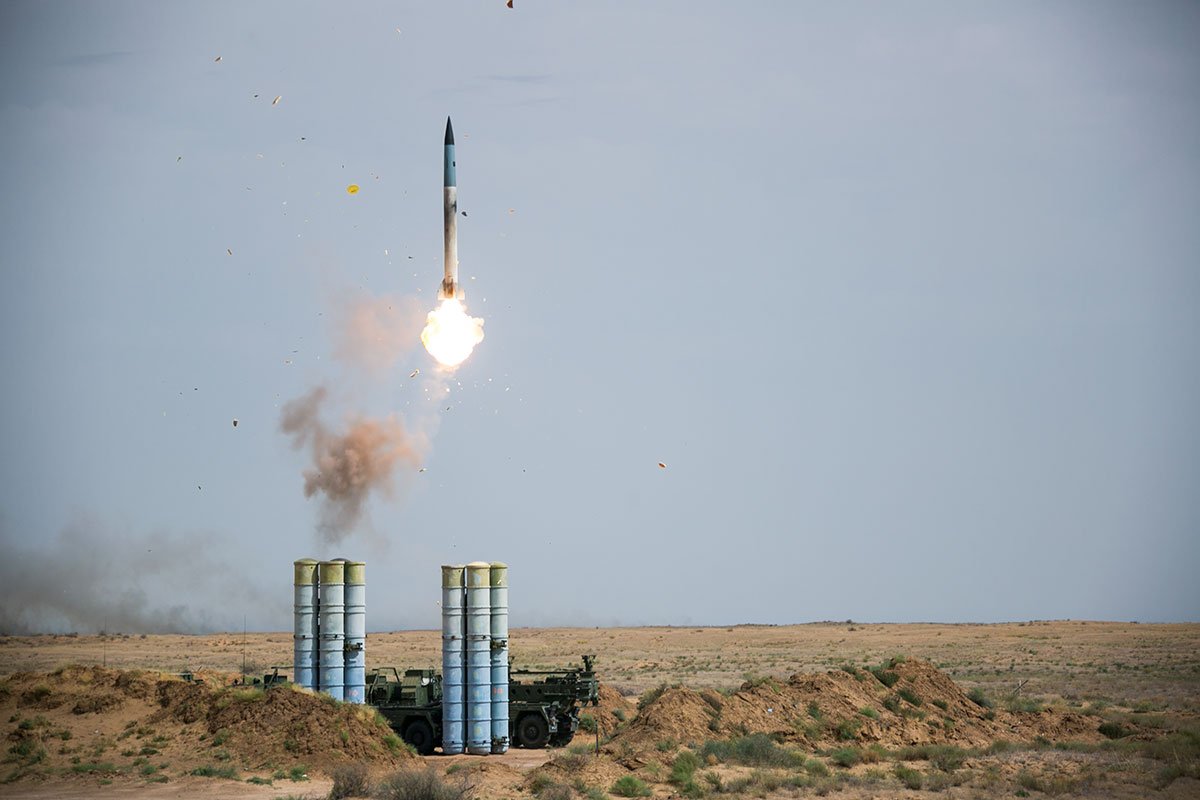As India starts deploying powerful S-400 missile defense systems, many experts have hailed the acquisition as a game-changer for Indian Air Force. While the S-400 acquisition received worldwide attention, many critics have even lambasted New Delhi’s ‘poor choice’.
As per the latest reports, the Indian Air Force (IAF) is deploying the first squadron of the S-400 air defense missile system in the Punjab sector.
“The first squadron is being deployed in the Punjab sector. The batteries of the first squadron would be capable of taking care of aerial threats from both Pakistan and China,” government sources told ANI.
Critics Of S-400 Missiles
Dr. N. C. Asthana, a retired Indian Police Service (IPS) officer and nuclear physicist by training, penned an opinion piece titled, ‘India’s Recently-Imported S-400 Air Defence System Is Overhyped and Overrated’.
His views are on similar lines as those presented by author and military analyst, Group Captain TP Srivastava in his Op-Ed ‘S-400: A ‘JUNK’ Weapon Platform for India!’ published on the military blog, Mission Victory India, late last month.
Both analysts are highly critical of the S-400 ‘Triumf’ anti-aircraft missiles and their procurement by India. Asthana in his op-ed for The Wire wrote about the perceived limitations and weaknesses of the S-400.
He cited a report by the Swedish Defense Research Agency FOI, which claimed that the S-400 missile system’s capabilities are overrated. The study points out that the system creates much smaller A2/AD bubbles than is often assumed and a number of countermeasures are possible.

The FOI said, there are inherent problems in acquiring maneuvering objects such as cruise missiles and fighter aircraft that are flying low or are hugging the terrain and this limits the effective range of the S-400. Citing a study by Christofer Berglund, the report concludes that against such targets, the effective range of S-400 may be as little as 20-35 km, or even less depending on the terrain.
The FOI report also claimed the system can be spoofed, and its engagement capabilities can be disrupted to an extent by an electronic attack while on the other hand, it can be swamped by a barrage of incoming missiles.

In addition, a retired Indian military officer pointed out that deployment time is valid only for plains and not for mountainous terrain or jungles where the radars would need to be raised higher than the surroundings to increase the field of view.
The officer also cited that hypersonic missiles cannot be intercepted by the S-400, owing to speed and altitude limitations.
The general view is that the S-300 and S-400 pose a threat to only non-stealth aircraft, an assessment which is based on its operational deployment to Syria as part of the anti-ISIS coalition campaign.
Is S-400 Really A Game Changer?
“The S-400 is a highly potent weapon system and will be a force multiplier wherever it is deployed,” a retired IAF Air Marshal who spearheaded air operations during the 1999 Kargil war, said requesting anonymity.
Another IAF veteran, Group Captain Johnson Chacko (Retd), shared his assessment: “Besides having been a MiG-25 pilot I have been in the erstwhile Electronic Combat Squadron of the IAF involved in deceiving and confusing hostile radars including those of SAM systems. I have also commanded a SAM squadron. S-400 is a newer generation of such a system. The principles of operation are similar though the S-400 has a greater range.
“A missile is designed to miss a target and generally uses a proximity fuse to trigger a high explosive fragmentation warhead. The pellets puncture the skin of the hostile aircraft and its internal systems, bringing down the aircraft. A hit-tile is designed to hit the target to destroy it. There are only a few such systems including the Patriot [an American missile].
“Since the probability of hitting a target is much lower, the majority of the SAM systems are designed to reach the proximity of the target and warhead explodes neutralizing the target. This cannot be construed as a lack of accuracy or a weakness. The hit-tile design may be the reason why the probability of Patriot to shoot down a Scud [Russian missile] was low.
“There is a tendency for the operators of any system to project that their system is the best. It is true that in the sub-continent a lot of hyperbole is generated on every new acquisition, and I am sure that the decision-makers are well aware of the capabilities based on detached objective analysis if they give a sympathetic ear to the Military experts briefing them.
On the possibility of the US imposing sanctions on India over the S-400 acquisition given Washington’s action against its NATO ally Turkey, Group Captain Chacko said,
“CAATSA [Countering America’s Adversaries Through Sanctions Act] should not affect this acquisition as this deal was signed before CAATSA was enacted. If it is invoked, then the acquisition of Su-30 MKI would also invoke CAATSA.
Though the US will not like India purchasing the S 400, there is no alternative that the US can provide in terms of capability and maybe the cost. We need to acquire the capability. I feel that we need to go the BrahMos or AK-203 route if it can circumvent CAATSA.

“Published sources indicate that the primary role of the S-400 appears to be anti-aircraft. The remaining are probably thrown in for hyperbole. The probability of interception of these targets may be lesser than the primary role. The SAM system that I commanded had a surface-to-surface mode also where troop concentrations and soft-skinned vehicles could be neutralized.
“As far as the utilization of the full range is concerned, there would be a lot of tracks generated by flying objects. The challenge is to identify each one of them as friendly, neutral, or hostile during surveillance of the airspace.
The hostile ones need to be acquired before a missile guidance radar can track them and guide the missile to the proximity of the target. How this process takes place in the S 400 needs to be known before passing a judgment on utilization of the full range.
“Russians have been masters at networking their sensors. During the Cold War, they had such a network of ground radars that a person, sitting in Moscow, could peek into West Germany. With advances in technology, a feed from the AWACS could display a target for the S-400 at 400 Kms. Electronic Counter-Measures can be negated by intelligent networking.

“The visual horizon is at 22 km and the radar horizon maybe 24 km from where one stands on the ground. This is limited by terrain obstructions further.
The intention of the defender is to neutralize the hostile flying object before it reaches its intended target. Whether it happens at 25 or 30 km from the defended vital point is of no concern. It does not mean that the range of the system is much lower than projected.
“Any transportable missile system takes an amount of time to get ready for mobility. Then the system moves to the designated location. Thereafter it is deployed. The claim is that it takes 5 minutes for this deployment which I feel cannot be disputed.
“Speed or maneuverability of the target, not be an issue to a well-trained crew. We have had a crew achieving 5% kills and another achieving 85% verified by neutral umpires in similar situations. It is the man behind the machine that matters, not just the machine.
“F-117s [Nighthawks] of the US, though stealth could not avoid Russian radars which Iraqis had, so these radars had to be destroyed physically before F-117s could be sent in. S-400 radars should be able to defeat stealth, I feel.
“The process of selection of a system is very robust in the IAF as was seen in the selection of Rafales. Though the performance parameters may not be in the public domain, there is no reason to doubt the professionalism of the IAF. Disclosure of the grounds for selection may have diplomatic repercussions.
“Statesmanship demands that a weapon system’s capability is utilized by the political leadership only after knowing the effect of the capability. The level of responsibility that he holds ensures that he does not get swayed by the rhetoric.
Military author & strategic affairs analyst Colonel Rajinder Singh Kushwaha (Retd) told the EurAsian Times in a prior interaction, “The deployment of the S-400 air defense missile system is also a strategic necessity in a two-front war with China and Pakistan.

“China’s military objective might seem to be eastern Ladakh or Arunachal Pradesh. But the terrain restricts China’s air maneuverability due to mountainous and high-altitude environments. In the case of Pakistan, it is not so, and Kashmir is its primary objective, which is the fulcrum of India’s secular nationhood. Therefore, it ought to be safe at all costs.”
Gp Capt. Badal Debnath (Retd) shared a similar view, “S-400 missiles can shoot down any PAF aircraft, drone, cruise missile, Airborne Warning And Control Systems (AWACS) aircraft up to 400 km. This capability of S-400 will severely restrict and limit the operational flexibility and freedom of PAF to launch an ‘Operation Swift Retort’ type of misadventure against India.”
- The author can be reached at nytten@gmail.com
- Follow EurAsian Times on Google News





